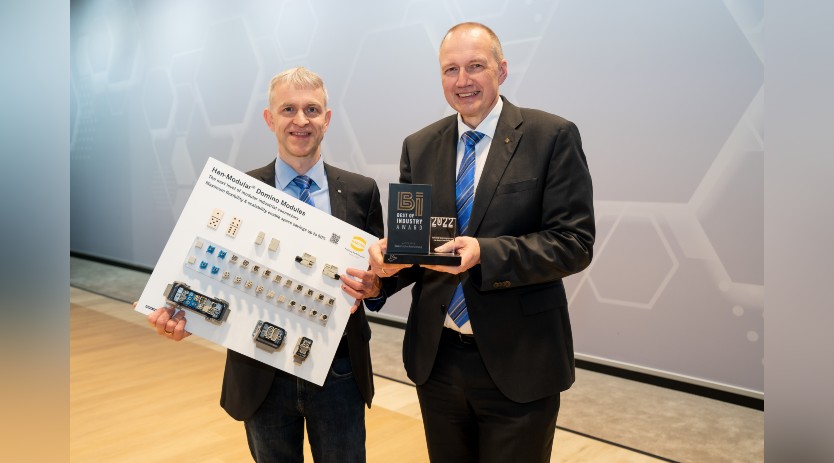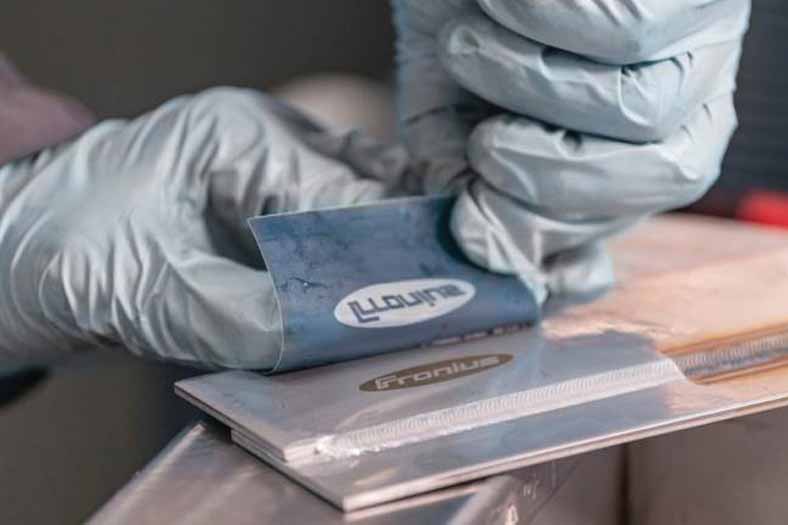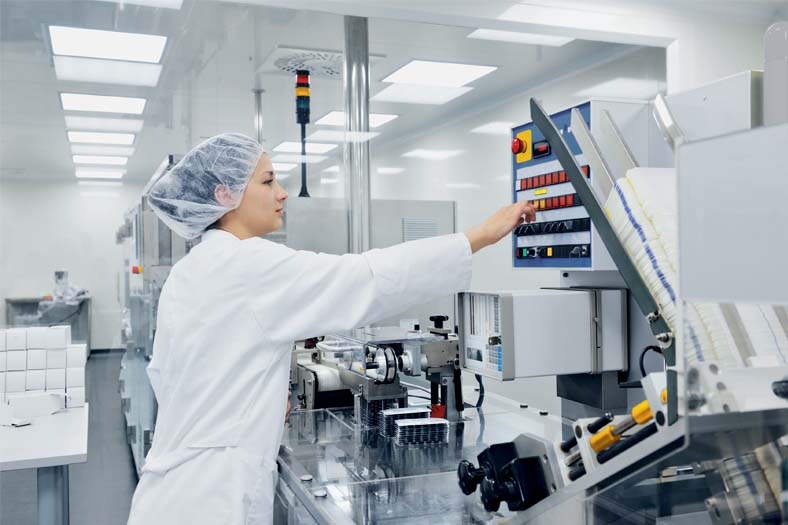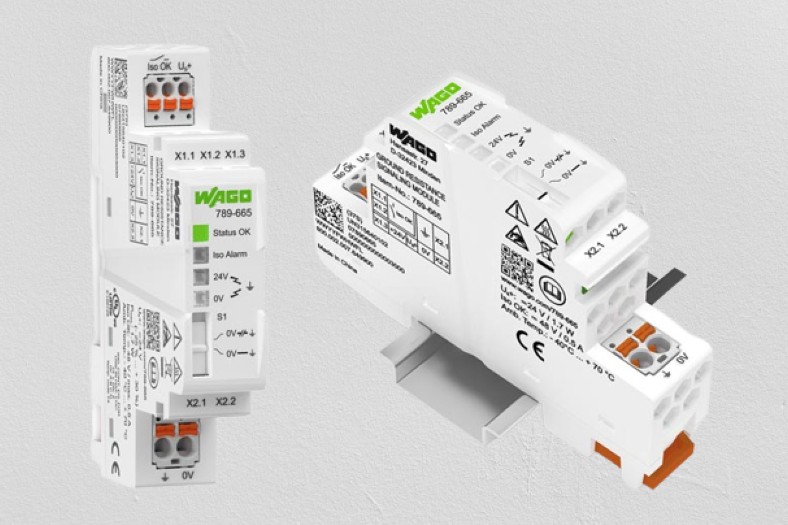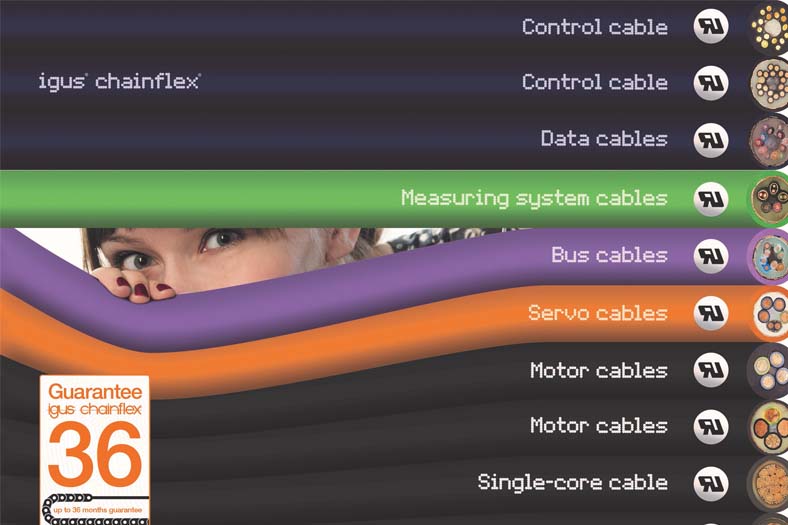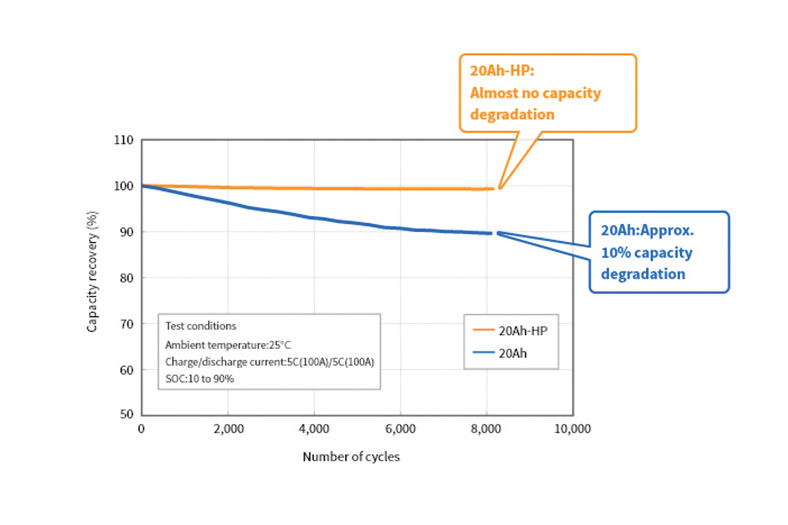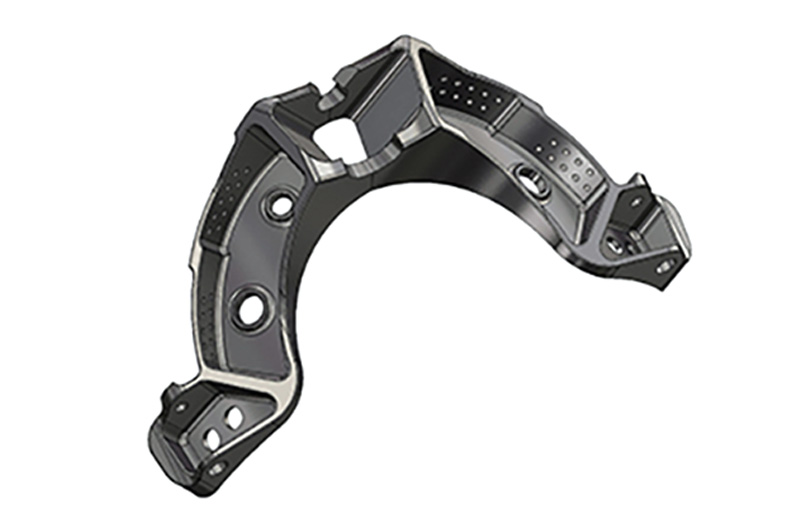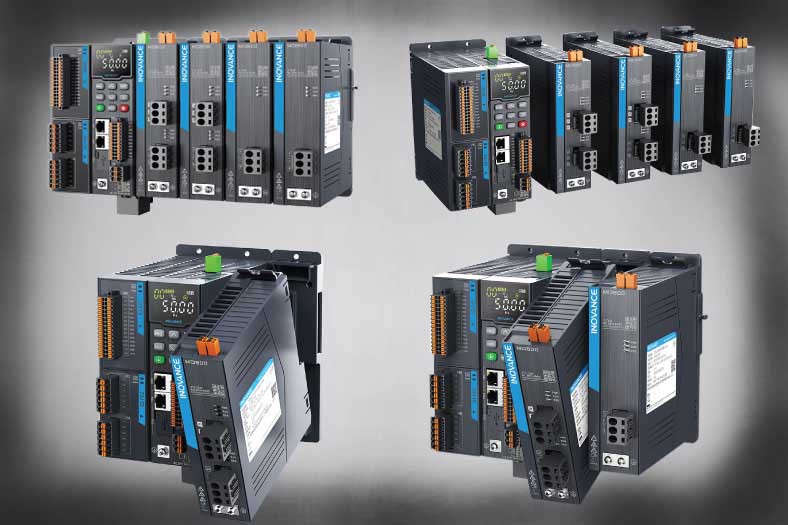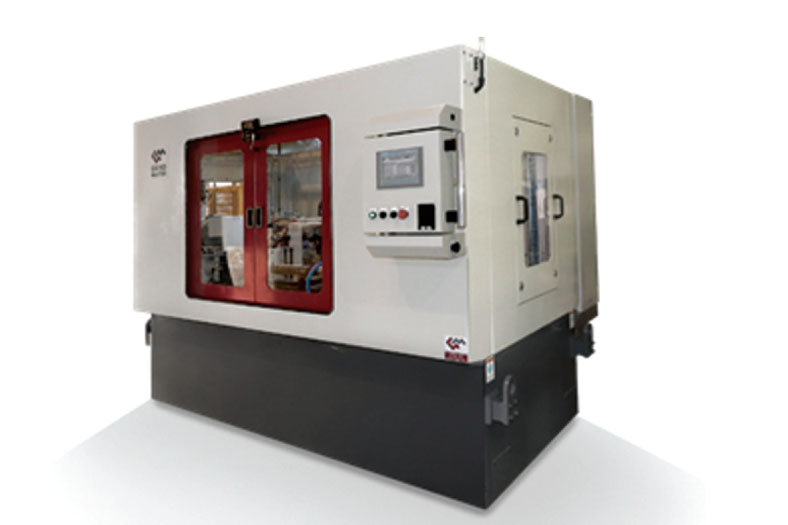Reverse engineering of components for repair and replacement parts
January 10, 2019 2:09 pm
Design and manufacturing is a process which requires day to day challenges of making parts and the utility/application of it. After a successful application of a component, comes a bigger challenge of maintaining the equipment. For maintenance, people have to work on a new stream of engineering which is MRR (maintenance, repair, and replacement). Reverse engineering is a stream where a pre-existing component can be re-realised by applying similar principles implemented in the initial designing phase. The application, the material, and the designing principles have to be worked upon. Reverse engineering serves a vital role in repair and replacement of components for which pre-existing data is not present but only a physical component is in an applied environment is there.
Reverse engineering can be classified into five major activities:
• Application
• Material
• Design generation
• Production
• Validation
Application and material used are very important aspects of reverse engineering as they are the building blocks for the design generation and production of components. Design generation can be done through 3D scanning activities, XRD or different tomography activities to realise the shape and dimensions of the component. This generally requires to generate the CAD data or sketch of the component.
Then the added and an important step is the realisation of the component. This can be realised by different kinds of processes according to the needs. Validation of the component is the final stage where the component is tested and measured for dimension. A CMM can, then, test it for accuracy by touch probe or laser scanner.
This field has been majorly revolutionised by the addition of 3D Printing/Additive Manufacturing as it served the purpose of making one of the components without any added cost to it. Reverse engineering in Additive Manufacturing goes a long way as it ensures the efficiency of the part as well as dimensional accuracy. For example, when parts are needed to be replaced, oftentimes spares, CAD data or original tooling are not available. After years of use, the original design specifications for the parts may no longer fit as designed. In a lot of cases, a part may have a design flaw which has been fixed. In each case, product realisation and reverse engineering give engineers a wholesome outlook to ensure a solution.
Objectify Technologies, are one of the pioneers in the Indian subcontinent to spread the wellness of Additive Manufacturing in India and help industries benefit manifolds. They are into metal and polymer 3D Printing manufacturing with services ranging from conformal cooling, rapid prototyping, topology optimization and BOOT model/facility setup consultation.
For more details,
E: marketing@objectify.co.in
W: www.objectify .co.in
Cookie Consent
We use cookies to personalize your experience. By continuing to visit this website you agree to our Terms & Conditions, Privacy Policy and Cookie Policy.




